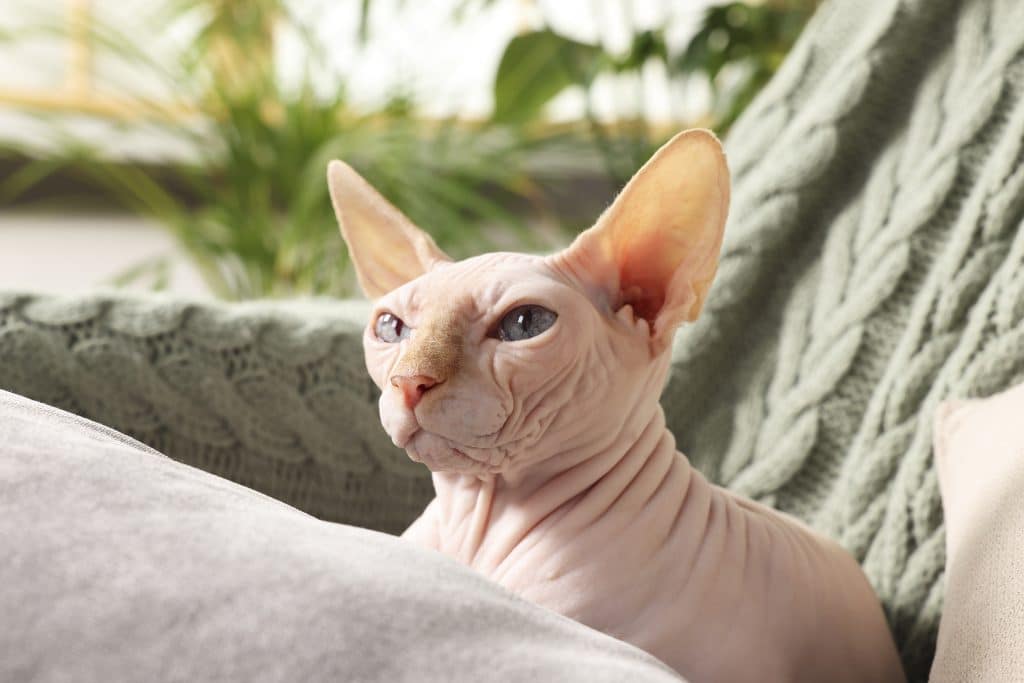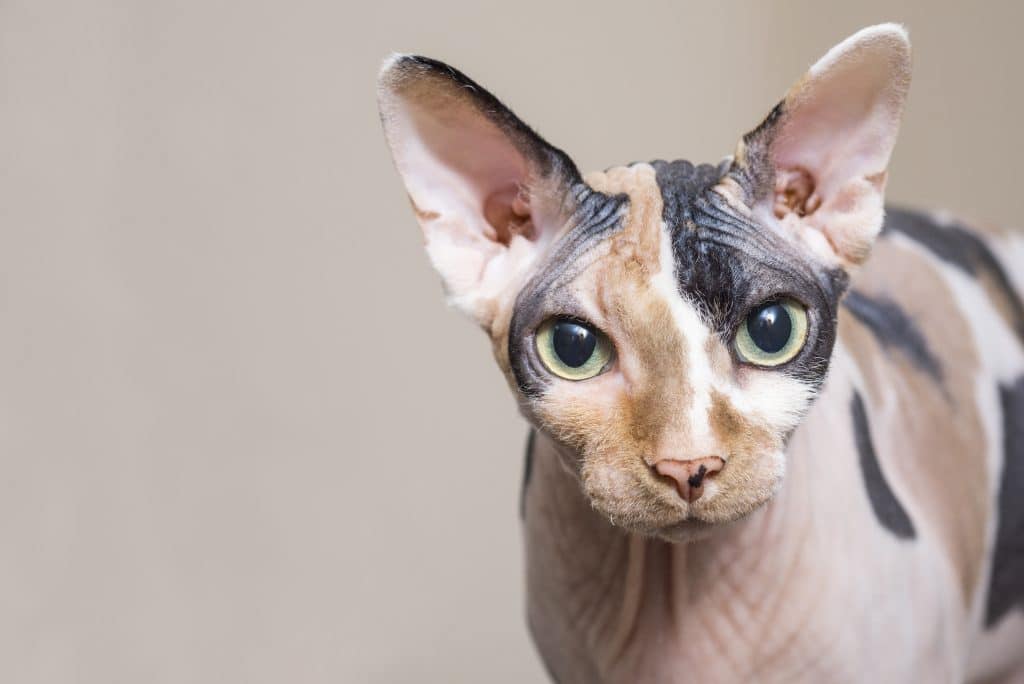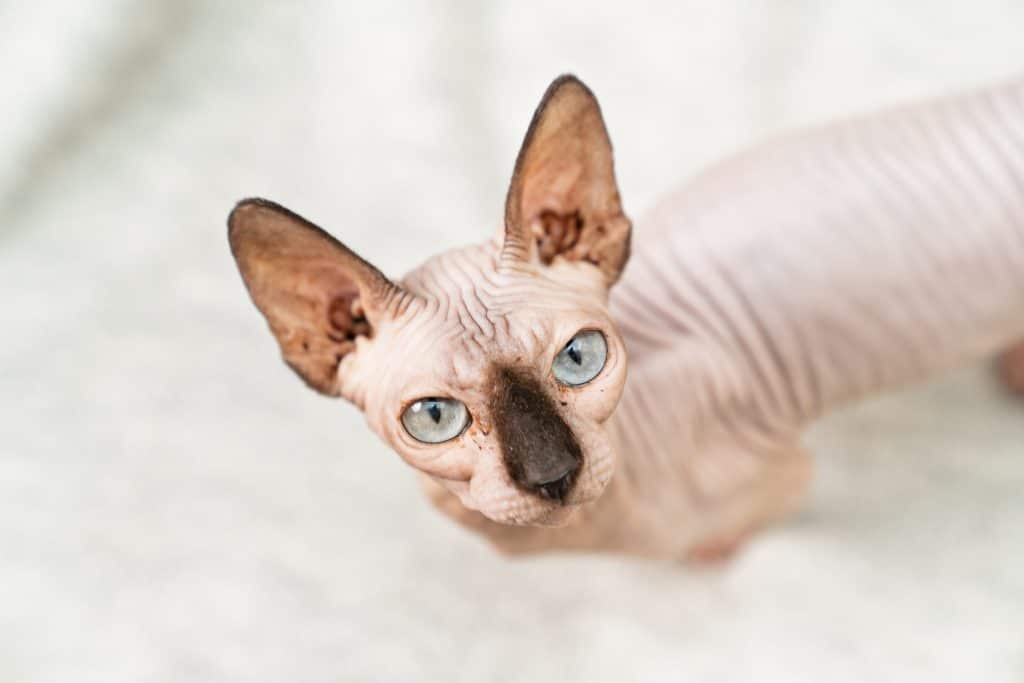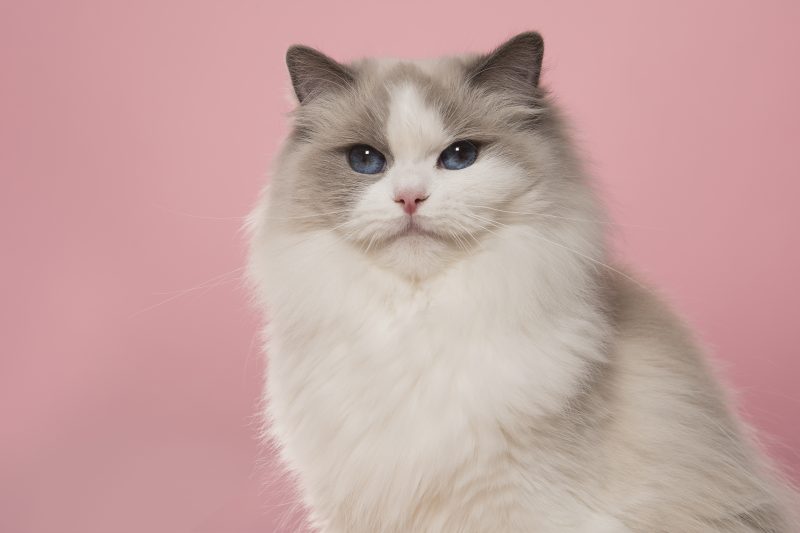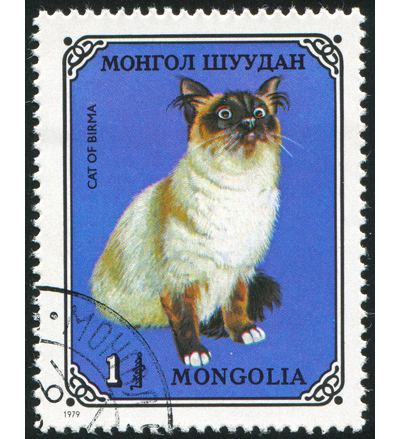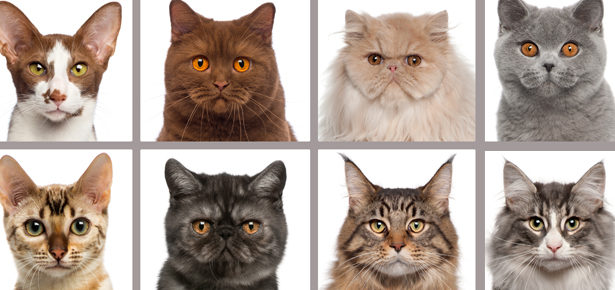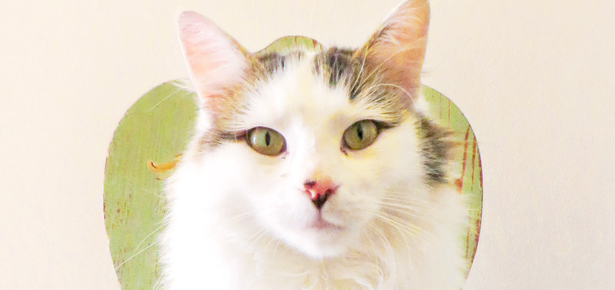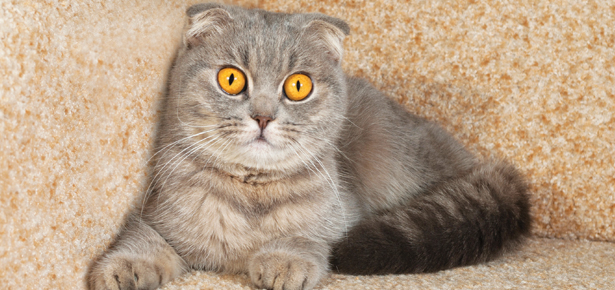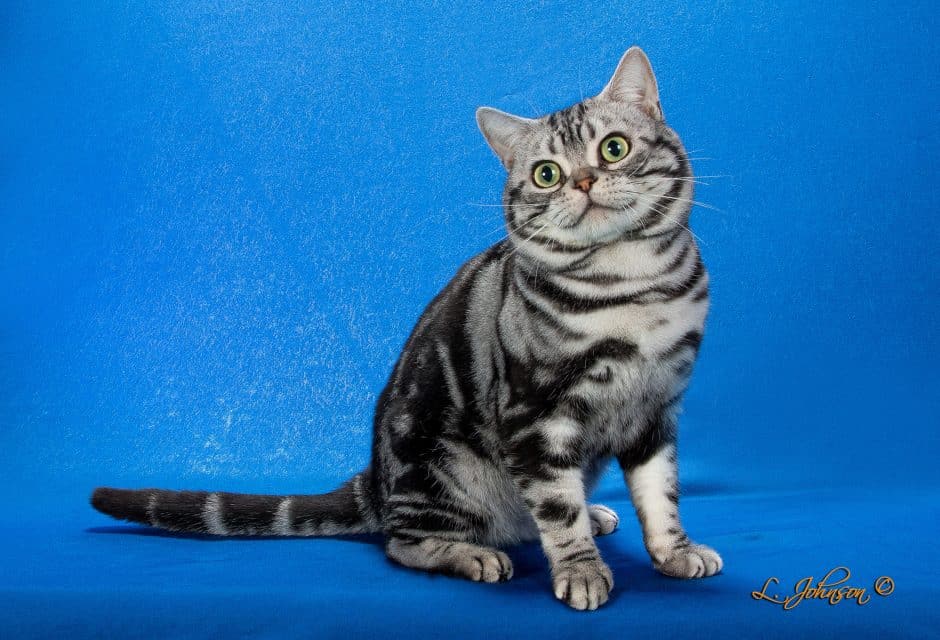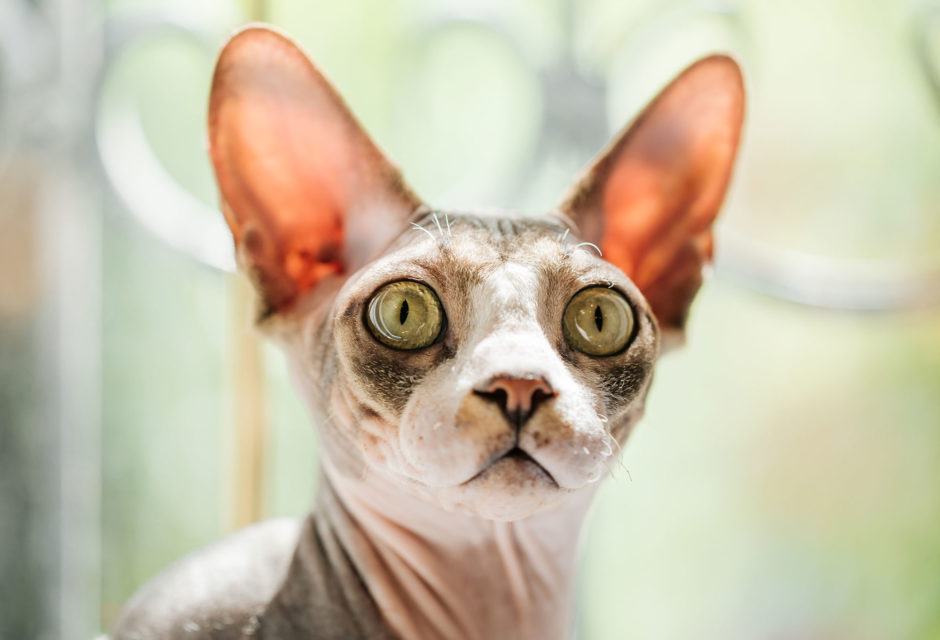
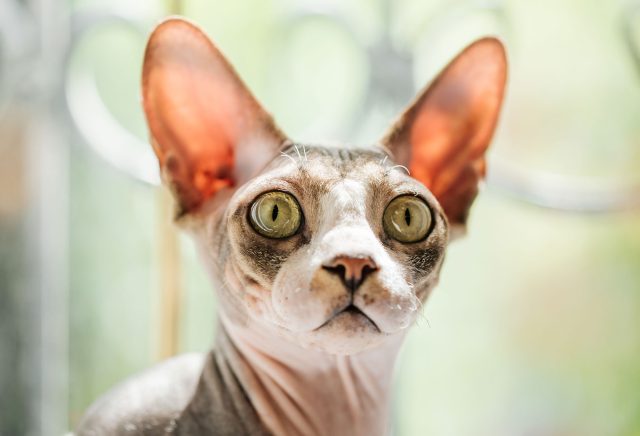
Sphynx Hairless Cat
Furless and fantastic
Is the Sphynx, a hairless cat breed, for you? Read on to find out!
Among purebred cat breeds, none is quite so unique—and polarizing—as the Sphynx. With its big pot belly, wrinkly bald skin, and oversized ears, there is simply no mistaking the Sphynx. Chances are, when you do see a Sphynx, you’ll marvel with delight because you absolutely love the look of it—or then again, maybe not.
Sphynx History
The history of this unique breed dates back to 1966 when a hairless kitten was born in Toronto, Canada. The cat—named ‘Prune’—was born hairless due to a genetic mutation. In recognition of her similar appearance to the cats seen in ancient Egyptian hieroglyphics, she was labelled the Sphynx. (Although hairless cats have been reported throughout history, this is the first time the type was assigned a name.)
Efforts to breed Prune weren’t ultimately fruitful, but interest in a hairless breed had been established. In the early 1970s, hairless cats were bred to other hairless cats, and then later bred to the Devon Rex, an intelligent breed known for its very short, soft, curly coat and large ears. In time, the distinctive Sphynx was well established. The breed was recognized by the International Cat Association (TICA) in 1979.
Sphynx Look
To discuss the Sphynx, we’ve got to start with its unique appearance. Just look at that coat—or, more specifically, the predominate lack thereof. Though referred to as a hairless cat, a layer of fine down covers this cat’s skin and gives it a soft, suede-like texture. The shades of pigment you see on the Sphynx’s skin reflect the colour of his would-be fur. Accepted patterns include all the usual cat markings, such as solid, particolour, tabby, and tortoiseshell.
It’s little wonder the Sphynx is described by some as the Buddha cat—the Sphynx’s belly looks extremely plump and round. In fact, most cats have a similarly sized and shaped belly, but they have fur to cover it up. The same goes for those trademark wrinkles, which all cats have but of course stand out on the Sphynx.
Sphynx Personality and Characteristics
If this wasn’t already enough to pique your interest in the breed, these cats are known for having a personality that’s almost as distinct as their appearance. This extroverted breed is so friendly and affectionate it is known for its habit of greeting visitors at the door. Devotees of the Sphynx describe uncommonly close bonds with these energetic,
intelligent, and curious cats.
Buddha belly aside, the Sphynx is actually quite a sturdy, athletic cat. This high-energy breed loves to explore his surroundings and play, play, play. Life with a Sphynx is certainly never dull.
Sphynx Cat Care
Because these cats lack fur, the coat has natural oils that can get on clothes and furniture. To keep stains at bay, both a daily wipe with a sponge and a weekly bath are recommended. True, the average cat hates a bath, but let’s face it, the Sphynx is anything but average. You’ll find that most tolerate bath time quite well as they have been accustomed to the habit from an early age.
A Sphynx cat will feel quite warm to the touch—and warm is exactly how they like it. In fact, don’t be surprised if you find that your Sphynx likes to snuggle under the covers with you. These cats crave and need warmth, and exposure to the elements can adversely affect them. In colder climates, many choose to keep a sweater on their cat, to help keep them warm. Conversely, sunburn is a risk in warmer weather and, if you allow your Sphynx to venture out of doors, he’ll need some cat-safe sunscreen.
Sphynx Cat Health
In terms of health, the Sphynx is considered a healthy breed, but there are instances of Hypertrophic Cardiomyopathy (HCM), a genetic disorder that affects the heart’s ability to pump blood properly. Veterinarians, researchers, and dedicated breeders are working to learn more about the disease and limit its impact on the breed.
Pot-bellied, wrinkled, and hairless—the look of the Sphynx may not be to everyone’s taste. But when it comes to personality, the Sphynx is positively bursting with it. Affectionate and fun-loving, many have found their perfect pet in the form of the world’s most distinctive cat.
Join the newsletter and never miss out on cat content again!
"*" indicates required fields
By clicking the arrow, you agree to our web Terms of Use and Privacy & Cookie Policy. Easy unsubscribe links are provided in every email.





